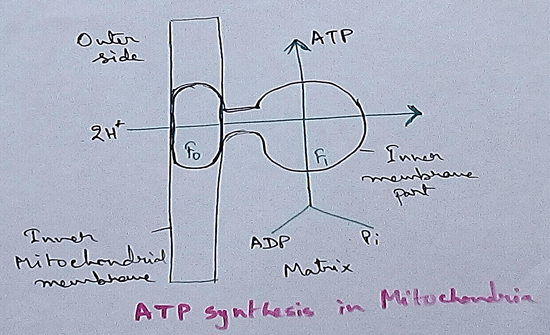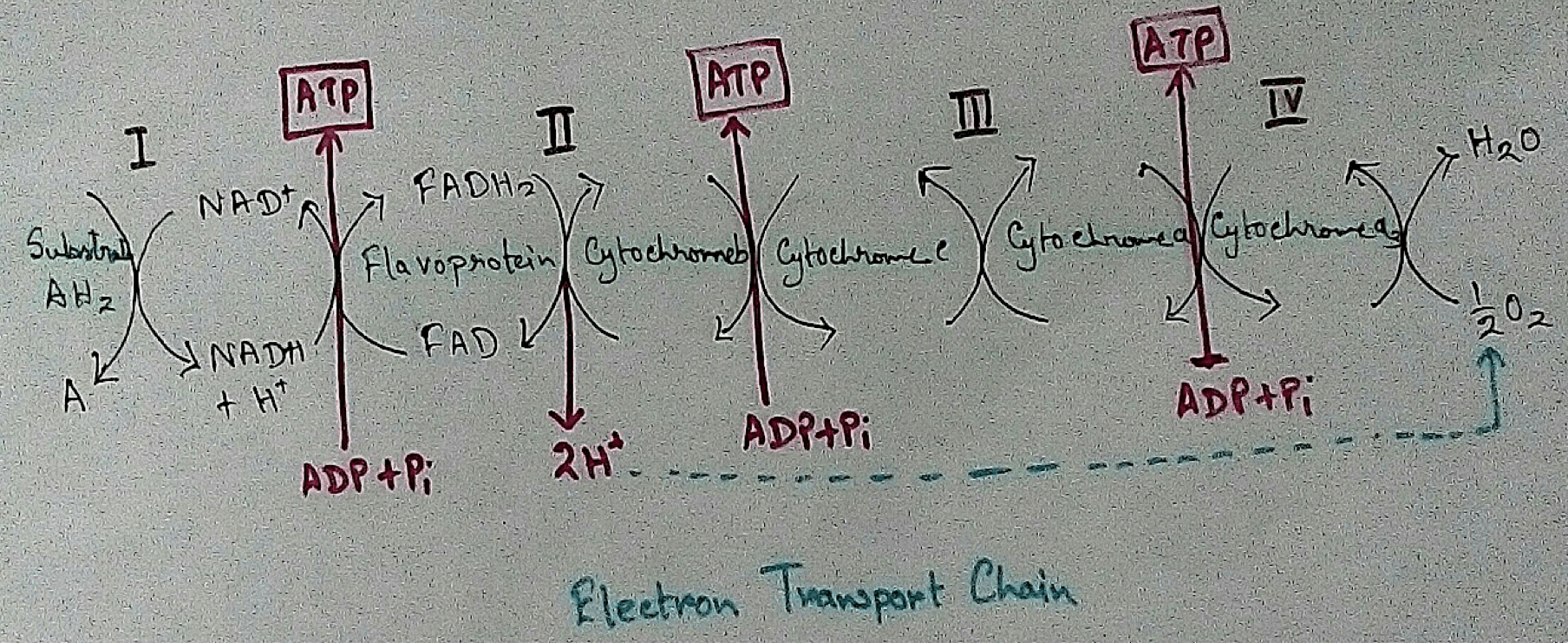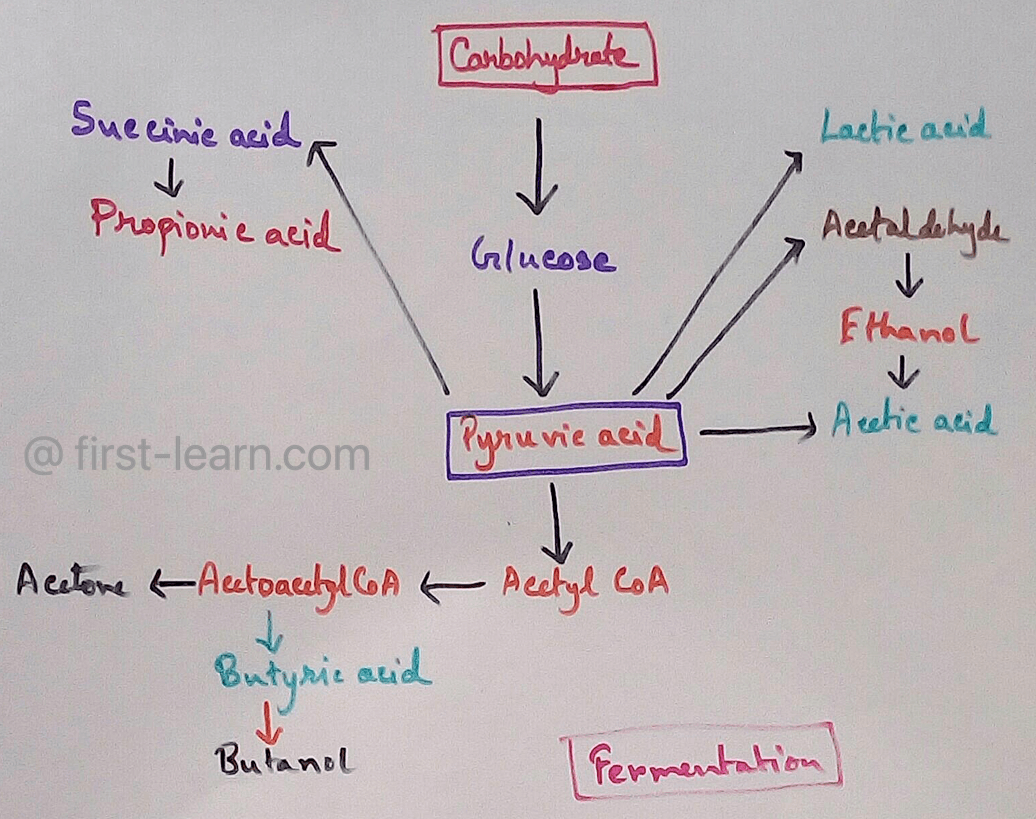Eating Habits of Animals
Here we will learn about the eating habits of animals. We know that different animals eat different kinds of food. They have mouth parts suitable to the food they eat. The shape and size of their teeth suit their food habits.
Teeth of Herbivores:
Herbivores have sharp, flat and broad front teeth. We all know that cows, goats, camels, etc. eat plants. They have sharp front teeth to pluck and bite the leaves of the plants. These animals also have strong and flat back teeth at some distance from the front teeth. These back teeth help them to chew the food properly.
Have we ever seen a cow or a buffalo while grazing?
It swallows its food without chewing it. After, sometime, it brings back this unchewed food into its mouth and chews it properly with its back teeth. This is known as chewing the cud.
Teeth
of Carnivores:
Carnivores have sharp and pointed front teeth. Carnivores such as tigers, wolves, lions, etc. which eat the flesh of other animals have very sharp, pointed and curved front teeth. These teeth help them in tearing the flesh of other animals. They also have strong, grinding teeth in the back of their mouth. These grinding teeth help them to chew the flesh and bones of other animals. Observe any dog while eating flesh. It always uses its grinding teeth to chew the bone and flesh.
Animals that swallow the food:
Some animals like snakes, frogs and lizards swallow their food without chewing it. They swallow their food directly from the mouths. A snake can swallow animals which are bigger than it. Such animals have no biting or chewing teeth.
Gnawing animals:
Some animals like rabbits, squirrels and rats have a pair of very sharp, long front teeth to bite their food. They bite and gnaw their food with their teeth.
Feeding habits and mouth parts of some other animals:
Frogs have long, sticky tongues which they shoot out to catch insects that get stick on the tongue. A mosquito stabs us and sucks our blood its sharp hollow tube in its mouth. Leeches also suck our blood. A butterfly sucks the nectar from flowers using a long hollow tube present in its mouth. An elephant has a trunk that helps it to uproot plants. It also uses it to tear off leaves from trees to eat. Its trunk sucks water and shoots it into its mouth to drink.
Animals and its Feeding Habits
Movement and Shelter of Animals
Nesting HabitsFrom Eating Habits of Animals to HOME PAGE
Recent Articles
-
Respiratory Balance Sheet | TCA Cycle | ATP Consumption Process
Feb 18, 24 01:56 PM
The major component that produced during the photosynthesis is Glucose which is further metabolised by the different metabolic pathways like glycolysis, Krebs cycle, TCA cycle and produces energy whic… -
Electron Transport System and Oxidative Phosphorylation | ETC |Diagram
Feb 04, 24 01:57 PM
It is also called ETC. Electron transfer means the process where one electron relocates from one atom to the other atom. Definition of electron transport chain - The biological process where a chains… -
Tricarboxylic Acid Cycle | Krebs Cycle | Steps | End Products |Diagram
Jan 28, 24 12:39 PM
This is a type of process which execute in a cyclical form and final common pathway for oxidation of Carbohydrates fat protein through which acetyl coenzyme a or acetyl CoA is completely oxidised to c… -
Aerobic Respiration | Definition of Aerobic Respiration | Glycolysis
Dec 15, 23 08:42 AM
This is a type of respiration where molecular free oxygen is used as the final acceptor and it is observed in cell. Site of Aerobic Respiration - Aerobic respiration is observed in most of the eukaryo… -
Fermentation | Definition | Types of Fermentation | Application
Nov 29, 23 10:27 PM
Definition of fermentation- It is a process that is energy yielding process of anaerobic oxidation of organic compounds which are carried out by the enzyme action of micro organisms where neither gase…




New! Comments
Have your say about what you just read! Leave me a comment in the box below.